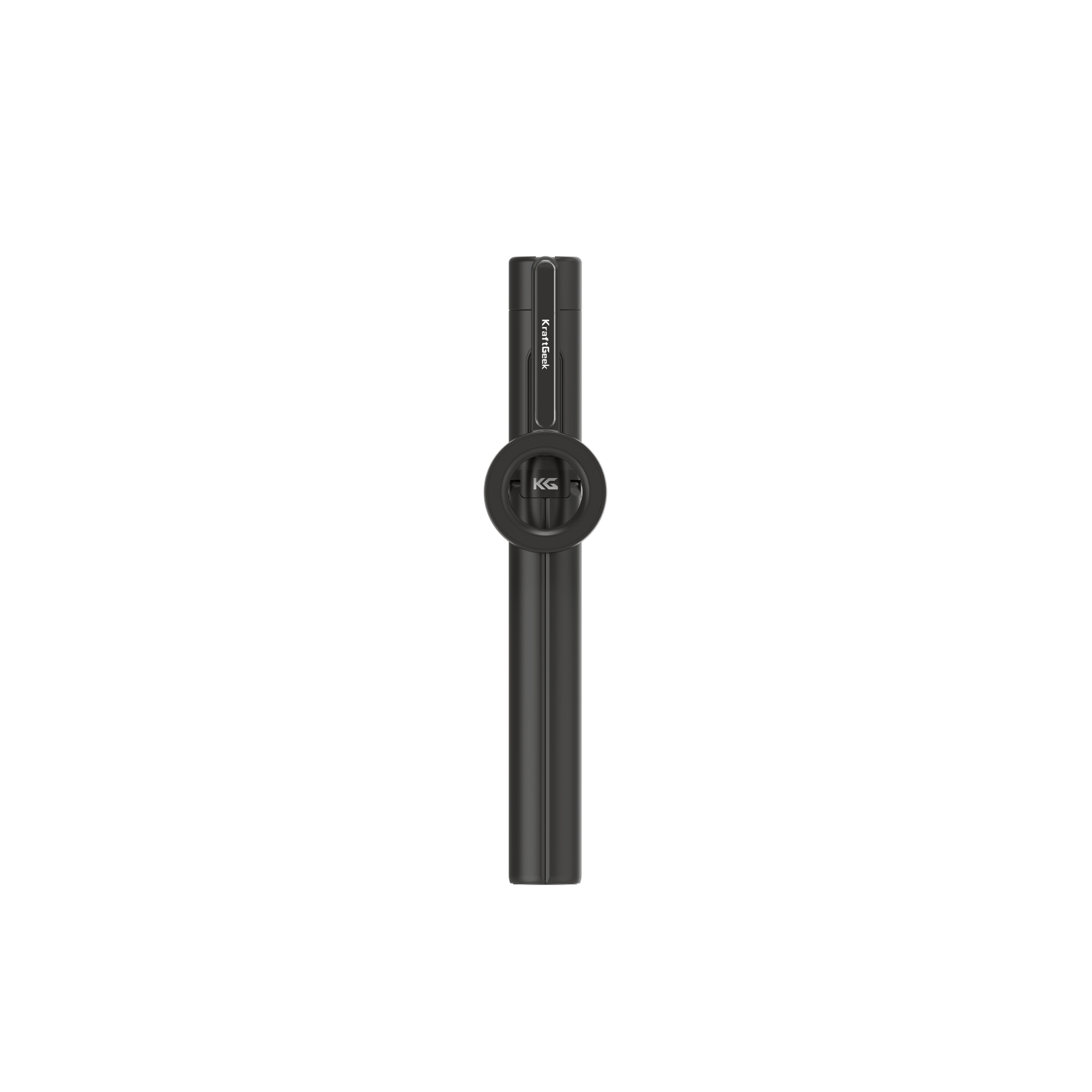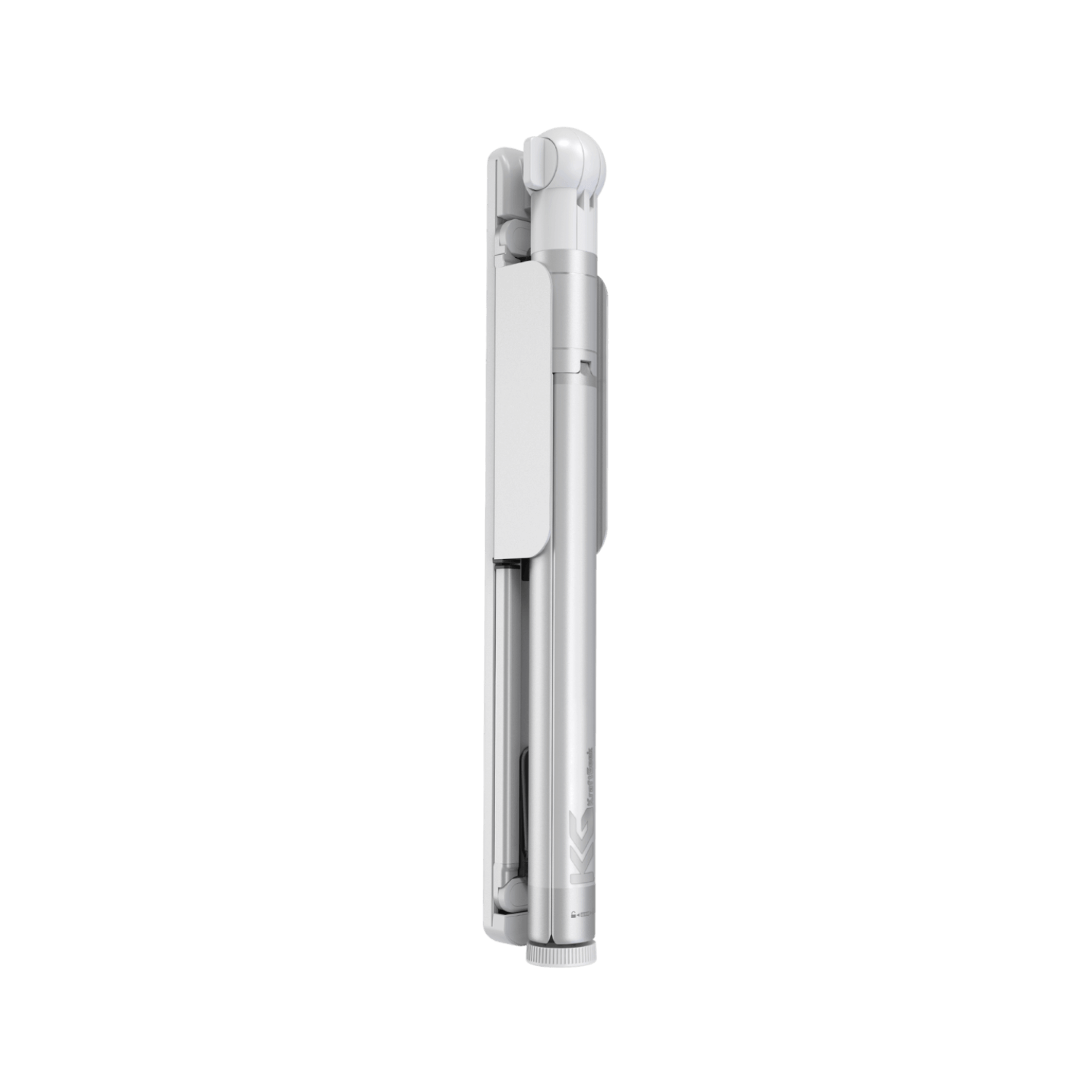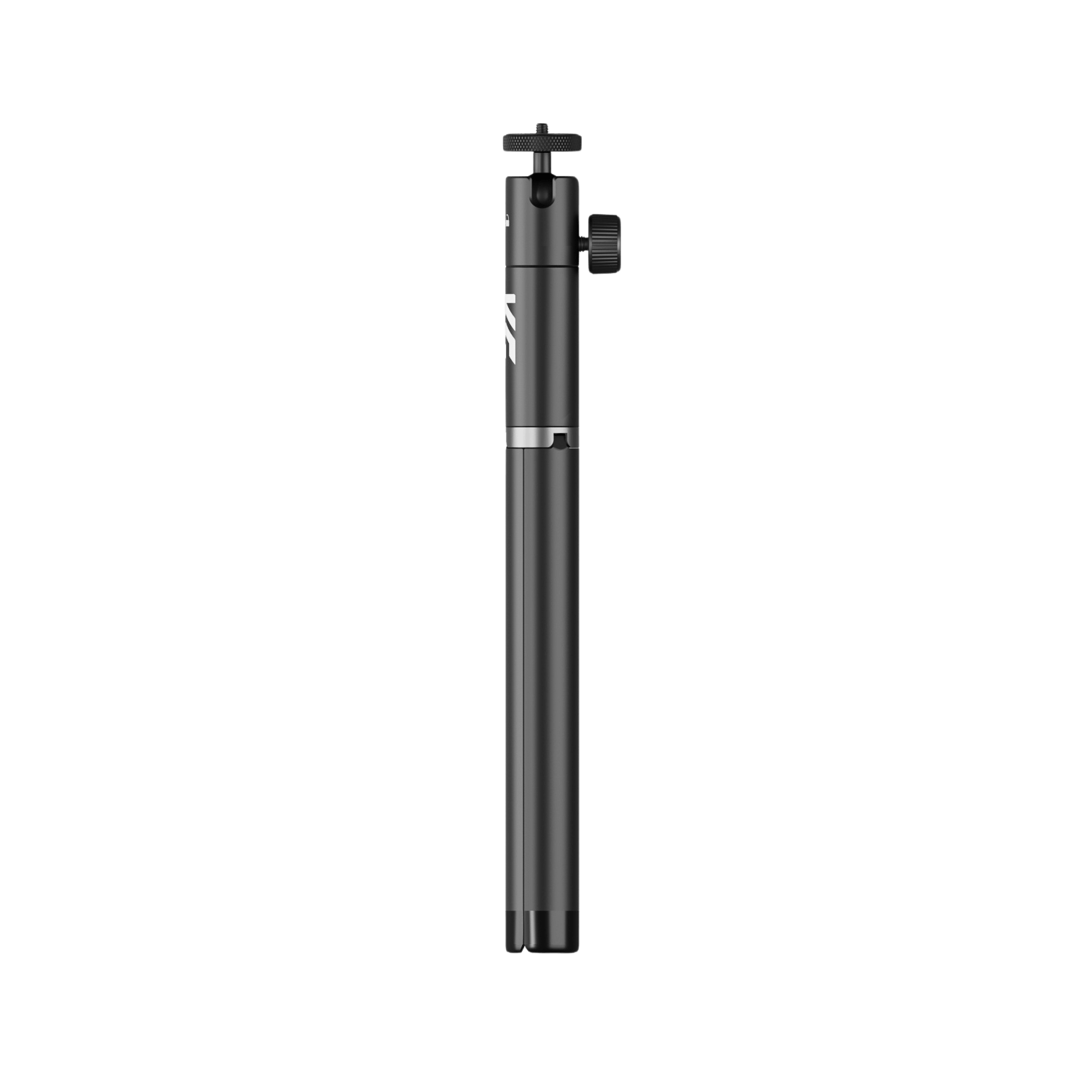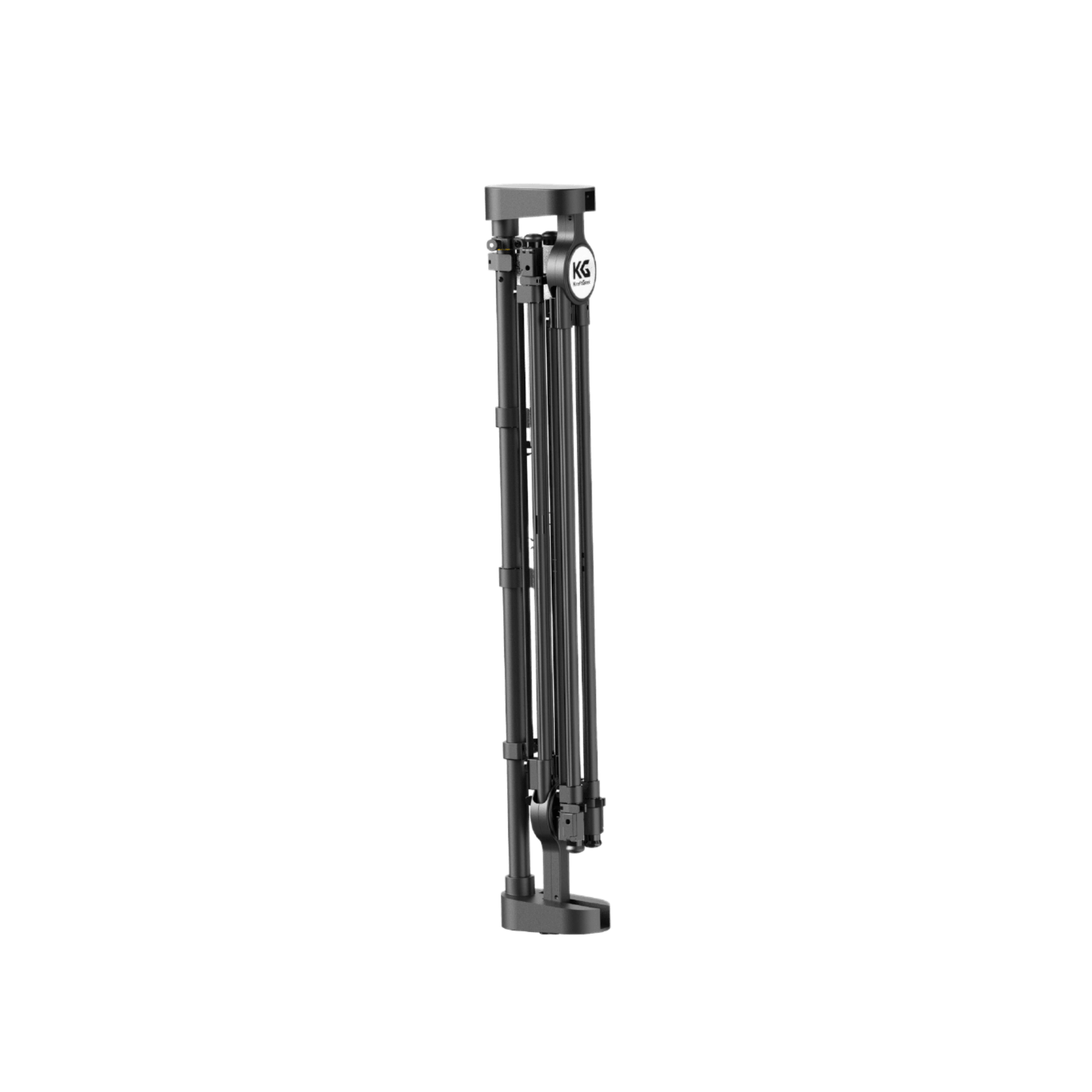Parents are knowledgeable about many positive sides that are brought through musical instrument learning, the introduction of playing an instrument can be both fascinating and complicated. The first choice is a very important step and often a child’s instrument might define his or her musical journey.
1. Find Your Child's Interests
Start by engaging in open conversations about their interests. Ask about the sounds that fascinate them whether it is the deep drumbeats, the resemblance of a soul in a violin, or just the blazing sound of a trumpet.
Leverage interactive tools such as online resources and events like "instrument petting zoos." Such activities let children experience the instruments by touch, hear their sounds, and get a physical picture of what resonates with them.
By exposing your child to a range of musical instruments, either through YouTube videos or any live demonstration, or by taking them to local events, you equip them with the capabilities of making the right choices of instruments they would like to pick based on their preferences and persona.
2. Understand Your Child's Musical Background
This is especially true if your child has previously taken music classes at school, which can provide a solid base. For example, an individual who has played the recorder in the past may become suited to begin enjoying woodwind or brass instruments on a further step of their musical development.
Likewise, the people who have interacted with novice equipment such as the glockenspiel or bell kits will progress very smoothly to both advanced percussion instruments and even piano.
Offer an exciting introduction to the fundamentals of music in a way that children aged 0-7 years can understand. This early experience establishes them a way of being ready to change to an additional advanced instrument in the future. Notably, though some earlier musical training may prove quite useful, it is far from being a necessary condition for a successful launch of any sort of music learning.
3. Age & Physical Considerations
These factors have a crucial role in facilitating your child’s comfort and capabilities with the instrument that best suits him or her. As a mother, watching your child intently as he or she develops physically, especially with respect to the size of his or her hands and hand coordination will allow you to make decisions wisely.
For instance, string instruments such as violin, viola, and cello have smaller varieties available that are handcrafted for the younger players. This is because the flexibility of such an option enables children to start their wave of sound way back in early years and as such, this type of instrument develops some sense of familiarity from the word go.
Other wind instruments such as saxophones or trombone, though, would be better suited for older kids since they do not have miniatures.
4. Identify Your Child's Initial Skills
Stimulate your child to try out different instruments and then choose the one that suits him or her best. By directing the learning process, a teacher can also observe and note a child’s natural affinity for a certain instrument even outside his initial interests.
This means that even though a child may show what one thinks is initial interest in an instrument, his or her natural abilities can be spotlighted on any other instrument. This insight is invaluable in tailoring the learning experience to each child's unique strengths, ensuring a smoother and more enjoyable musical journey.
5. Dedication to Learning
Assessing your child's level of dedication is crucial. If your child is in the early stages of exploration and might switch instruments or not commit to lessons for an extended period, consider default instruments like the piano. This approach allows them to grasp fundamental musical concepts without the concern of switching instruments later on.
6. Child's Personality
Acknowledge your child's personality when making the decision. Other children perform well with loud material that promotes a lot of movement, for example, drums; while others prefer soft and almost subtle instruments like the violin. Paying attention to how your child behaves and what he or she wants to play may help you select an instrument that suits his or her personality so that he or she is more engaged and involved in playing.
7. Budget Considerations
The financial aspect of music education is an essential consideration. Whether buying a new instrument or exploring second-hand options, understanding your budget allows for informed decisions. Additionally, rental and "rent-to-own" programs are viable alternatives, providing cost-effective solutions for parents working within a tight budget.
Instruments like guitars, keyboards, and violins may require stands for proper storage and maintenance. A guitar stand, keyboard stand, piano stand, or violin stand can contribute to the instrument's longevity and convenience, ensuring it remains in good condition between practice sessions.
Product Recommendations:
Conclusion
By weaving together the foundational principles of interest, age and physical attributes, musical background, initial skills, and budget considerations, parents can guide their children toward instruments that resonate with both passion and practicality.









